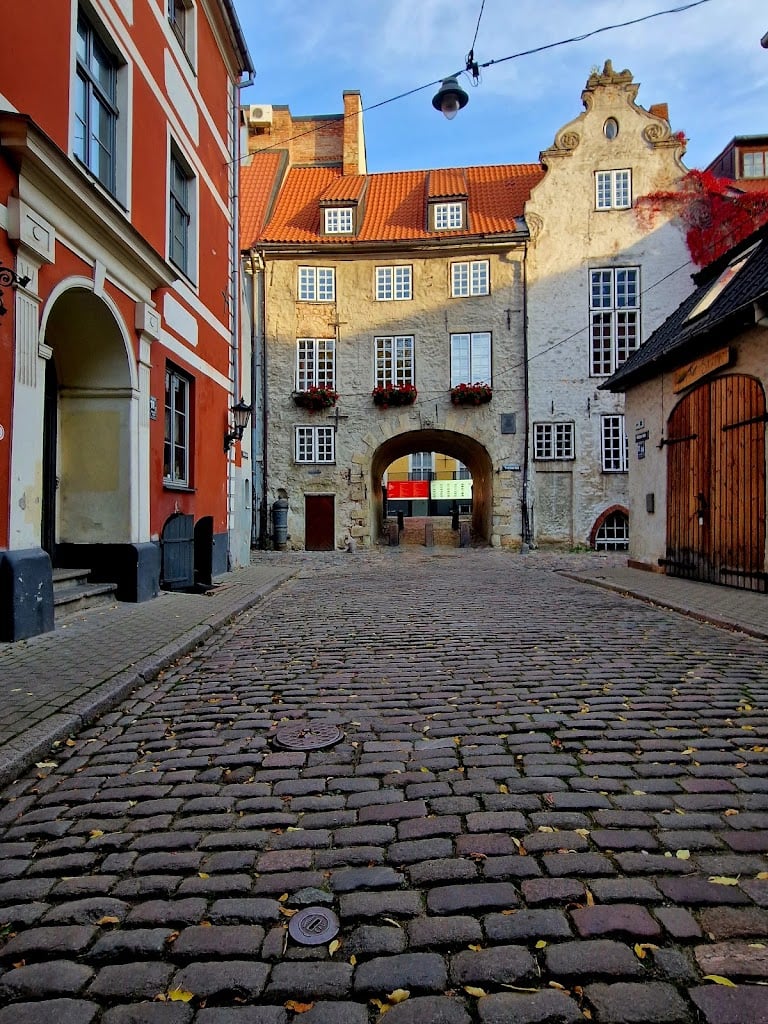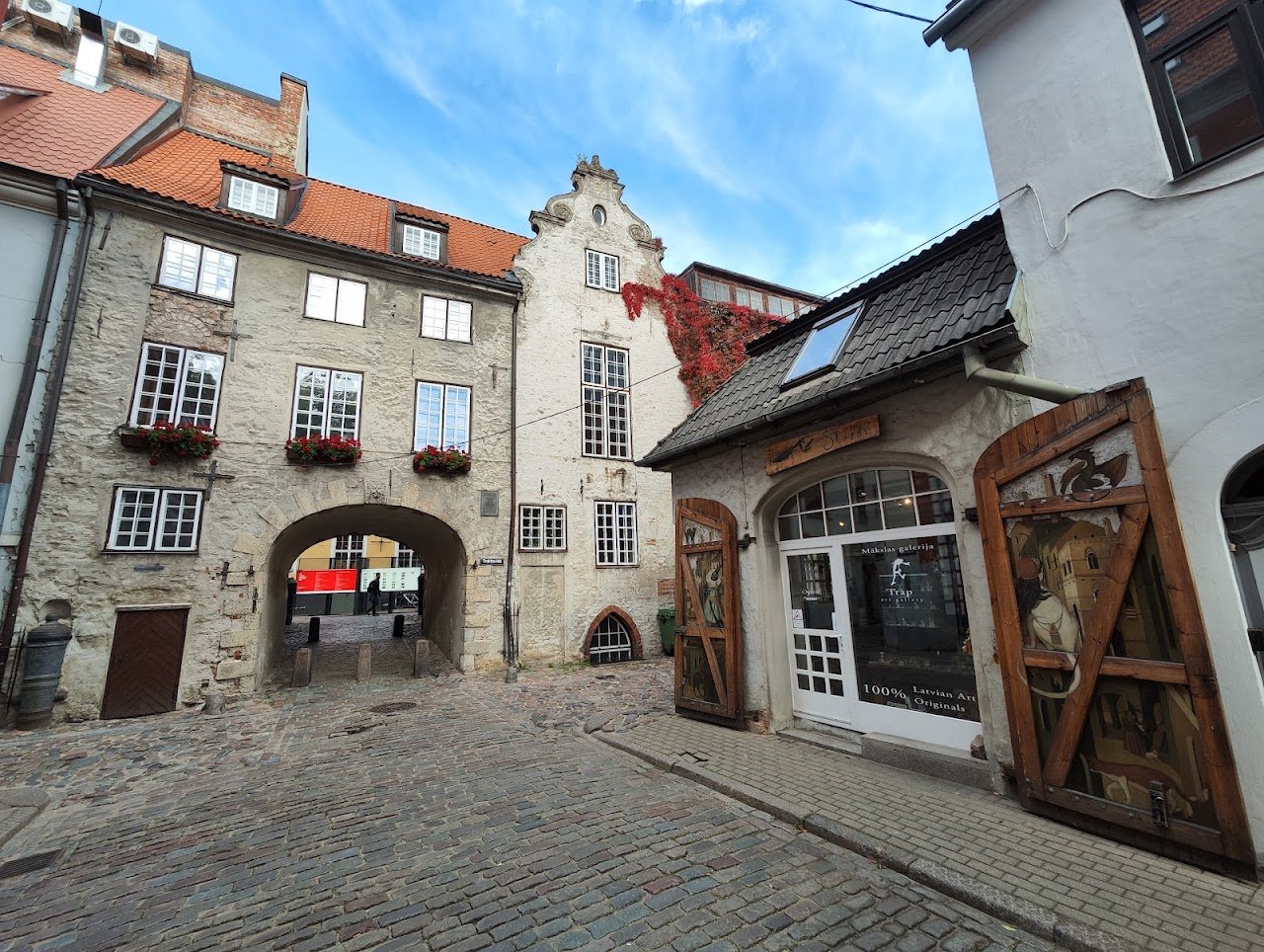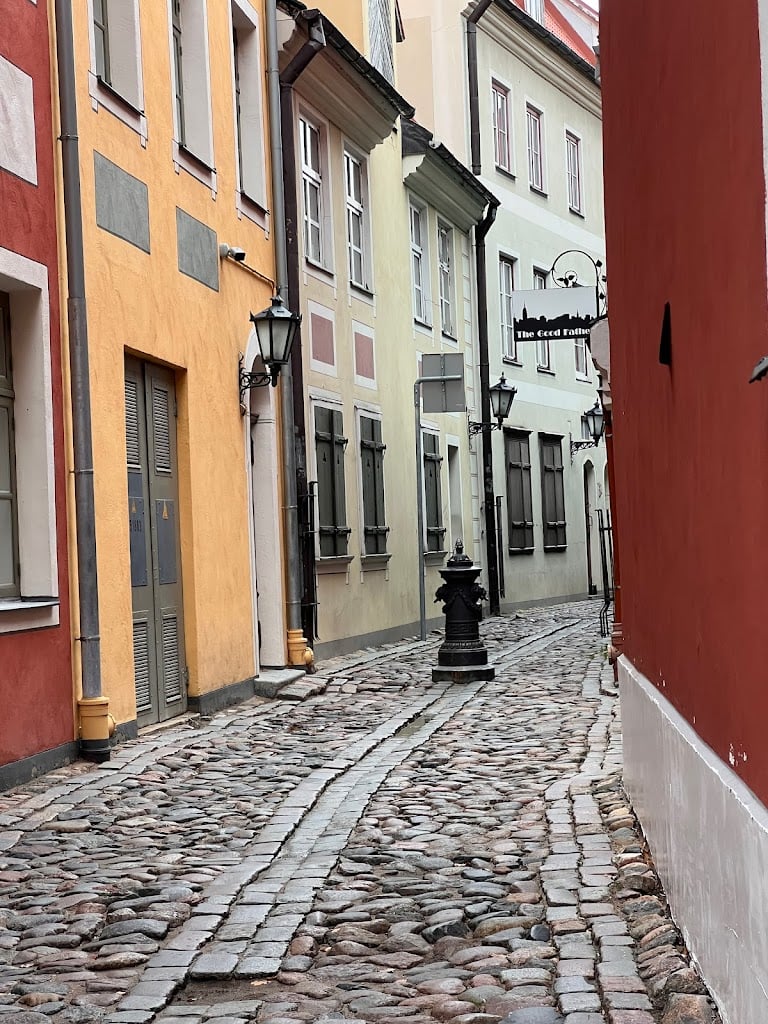The Swedish Gate





Ask ThatchGPT
Suggest a local expert to plan my trip
Suggest an unique itinerary for my Latvia trip
What foods do Latvia locals eat
What are some true hidden gems in Latvia
Help me brainstorm trip ideas for Latvia
Help me plan a family-friendly trip to Latvia
What people say
Pedro Pereira
Available for hire
"The Swedish Gate's origins can be traced back to the 17th century when Riga was under Swedish rule. As part of a comprehensive fortification project, the gate was constructed in 1683, replacing an earlier wooden gate. The Swedish Gate was designed to be a formidable defensive structure, featuring a double-arched gatehouse, flanked by imposing bastions, and protected by a moat.
Over the centuries, the Swedish Gate has witnessed countless events that shaped Riga's history. It has seen the rise and fall of empires, the changing tides of war and peace, and the enduring spirit of the city's people. In 1710, the gate fell under Russian control, marking the end of Swedish rule in Riga. The gate remained a vital part of the city's defenses until the mid-19th century when the fortifications were dismantled.
Today, the Swedish Gate stands as a symbolic entrance to Riga's Old Town, welcoming visitors to step back in time and explore the city's rich heritage. The gate's imposing presence sets the stage for the captivating journey that awaits within the Old Town's walls."
Elizabeth Rickert
Available for hire
"The Swedish Gate, located in Riga's Old Town, is the only remaining gate from the city's original fortifications. Built in 1698 during the period of Swedish rule, it served both as a defensive structure and a vital passageway for residents. The gate is steeped in legend and history, with one of its most famous tales being that of a love story between a soldier and a local girl. Today, the Swedish Gate is a charming and picturesque spot, surrounded by cobblestone streets and historic buildings. It offers visitors a glimpse into Riga's past while being a beloved landmark of the city’s architectural heritage."
Read more in:
Mentioned in these guides
About The Swedish Gate
Get the inside scoop on The Swedish Gate from local experts, travel creators, and tastemakers. Browse genuine trip notes, The Swedish Gate reviews, photos, travel guides, and itineraries from real travelers and plan your trip with confidence.
Website
Phone
Save this spot for later or start mapping out a new trip today
Try our AI Travel Assistant and get instant answers to any questions about your trip.
Ask ThatchGPT

